There has been lots of hand wringing and ink spilled regarding the sorry state of affairs in the senior service. AM is plagued with problems; interference, poor bandwidth, etc. To that end, the NAB has launched studies and initiatives and hired all sorts of pricey consultants to consult with. Here is my own AM improvement plan and it is rather simple:
- Clean up the transmitter site.
- Get rid of AM HD radio.
- Variable IF bandwidth receivers.
- Improve Programming.
How many of us have seen AM transmitter site dumps? Deferred maintenance, malfunctioning directional arrays, trees growing up on the ground system, flooded buildings and ATU’s, rusty towers, transmitters not a full power, ground system deteriorated or missing all together, just to list a few problems. Many AM transmitter sites are technical disasters. Think that these things have no bearing on the AM station’s signal? Think again.
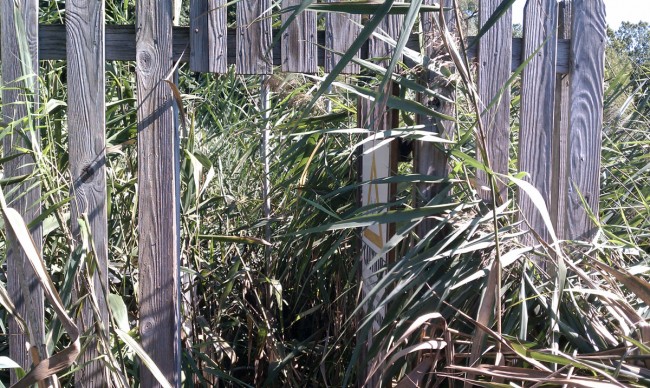
Trees growing around the tower base can attenuate the signal by 30%. A comment from a well known engineering firm:
…Recently XXX field engineers had occasion to measure an AM station at XXXX kHz before and after removing vegetation in the vicinity. The station had a quarter-wave tower. The base area had grown up in brush and hardwood trees to a height of perhaps 30 feet (9m) and this extended from near the base across the entire ground system. After clearing (cutting, no ground system disturbance), the signal measured at some 16 locations on four radials went up a uniform amount of about 15% or 1.2 DB. That’s about a 30% increase in radiated power…
That is an inexpensive power boost and they didn’t even have to file with the FCC! A 1 – 2 dB power gain is pretty nice and can mean the difference between a listenable signal and static. How many times have I heard the lament that AM band is full of noise and not listenable. Certainly, there are major challenges in the urban listening environment. Putting forth a better signal will overcome some of this electrical noise.
There is a reason why engineering standards were developed for the physical plant; they work.
There is no cure for the noise that AM HD Radio puts out into the adjacent channels. This self interference benefits none, not even the station transmitting AM HD Radio. This dubious technology has proved itself a non-starter and should be discontinued. For smaller station owners, the cost of implementing AM HD Radio is prohibitive. Licensing of a proprietary modulation scheme, new transmitting equipment, specialized exciters plus any needed bandwidth improvements to AM antenna arrays can easily exceed $100,000.00. Unfortunately, it is often the small AM radio operators that are making a good showing, and serving their community of license and making money. These are the very stations that are hurt the most by adjacent channel AM HD Radio interference.
Receiver design over the last twenty to thirty years has been the greater issue with perceived low AM broadcast quality. AM receivers have an average bandwidth of just 3-4 KHz, which is slightly better than telephone quality. AM broadcasting has gotten a bad wrap because of this and there are many comments about how AM is “inferior quality” to FM. With a quality older receiver, AM can sound very good. Of course, the receiver manufactures all point adjacent channel interference as their rational for reducing IF bandwidth. Why not leave it in the hands of the user? The GE Superradio had this feature with a “wide” and “narrow” setting for AM reception. They worked remarkably well. A receiver could also be designed to automatically increase IF bandwidth at higher received signal strengths.
Finally, as the saying goes; Garbage in, Garbage out (GIGO). This holds true for many things including radio programming. Expecting that mediocre satellite syndicated news talk will garner great ratings and huge revenues is silly. For years and years, station owners have put minimal effort into AM radio and expected big returns. It is not working. AM stations that go against that trend; those with unique formats (Gasp! Music, on AM?), local content, and community oriented programming can and do succeed. They are fighting an up hill battle in both directions. With all of the business pressures from larger broadcast groups, interference issues and negative viewpoint on the viability of the AM band, one wonders how long they can last.


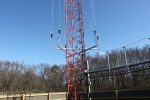
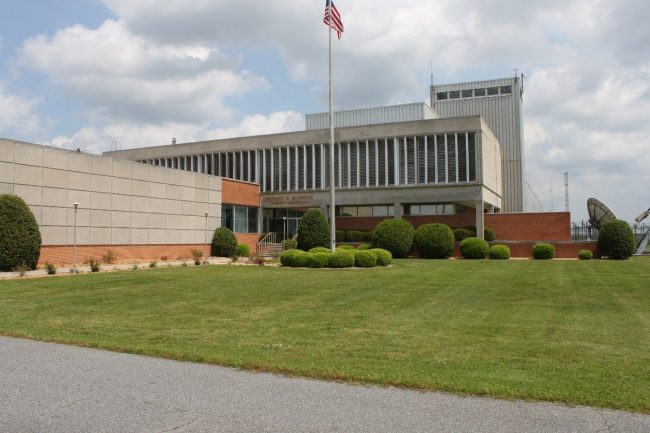
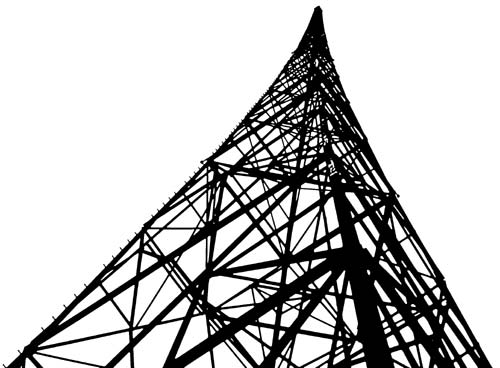
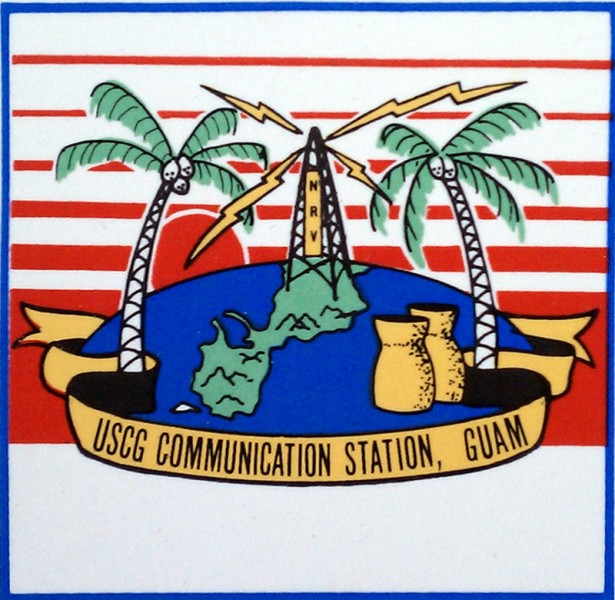
Love the blog – keep up the good work!
Q: Are you against AM HD as a general concept, or just the “current” technology?
John, I am opposed to HD Radio in general because of it’s proprietary nature, expensive licensing fees, and IBOC potential for interference to other stations. There are other digital schemes which do not have these problems, DRM, DRM+ and DAB. DRM was designed for use in MF and HF broadcasting and works relatively well for those services.
Using digital modulation on medium frequencies posses a special set of bandwidth problems, which are not unsurmountable, but none the less, can be expensive to deal with.
Sounds like you’re really not against “digital AM” in general (i.e. all-digital, not the hybrid version), but rather the proprietary, expensive, and sloppy “HD Radio” format itself.
I’m interested in opinions on this subject because I believe that all-digital transmissions, especially for MF like the AM band, is just plain better overall compared to the traditional analog MF transmissions. I also believe that for any transmission format to achieve wide adoption by the majority of people it must first be free, non-proprietary, and open.
John, that is correct. If there is a good way which shows marked improvement in the service, to transition AM broadcasting to some type of digital system, I say go for it. DRM shows some promise in this regard, but even that concept is not fully developed.
While I embrace new technology as much as the next guy. (HDTV beats analog tv, 10-1), I don’t think there is any need to “improve” analog AM. It’s a time tested system, which , as Paul stated, when maintained, works fantastic. I love hearing my favorite hockey team from their AM 50kW ND station over 900 miles away. And outside of the minimal fade factor, which I can live with, they sound fantastic.
(Now if only the local 1st adjacent AM on 1110 would remember to shut themselves off at night, is another story…)
Paul what would also help is to have LESS AM stations on the air. Some station should go silent and be put out of their misery.That too would cut interference if enough of them did that.
John W, AM HD radio is also plagued by false claims such as it being interference free! Listen to an AM HD signal during a lightning storm and the radio loses lock on the HD signal and goes into analog mode, then tries to re-acquire the HD signal. I have also listened to the denigration of an AM station’s own analog signal when it broadcasts its HD signal.
In other words self interference. Plus it interferes with stations that surround it as Paul states.
I remember pre-NRSC AM Stereo and I thought it was quite impressive in addition to being very listenable. No swamping out adjacent channels with digital hash and no harsh dropping in and out from one mode to another. IBOC for AM is the answer for the problem that nobody cared about. On a good quality AM radio (one without all the narrow bandwidth nonsense) a well maintained AM plant is a pleasure to listen to – I’ve heard enough stations over wideband Belar monitors and my collection of Sony AM Stereo receivers to know that AM can be made to sound good without all the band splatter. The daytime AM I engineered back in the 80’s ran Kahn AM Stereo and it sounded great – I see no good coming from IBOC on AM, especially when I see others actually turning the thing off!
@Robin, I agree with you about having less AM stations. The AM band began to decline after the FCC licensed too many stations for the existing channels to be interference free. The problem is, many of the technically worst AM stations belong to large group owners, who have overvalued them on their balance sheets. If they start turning in licenses, the banks (who, in the over leveraged corporate environment are really the ones running things) will ask WTF? Do not look for this to happen anytime soon.
@John W, the only reason I give a slight nod toward DRM is because it fits into the European 9 KHz channel spacing, thus would not cause any interference to adjacent channel stations. The BBC did a study on one of there MW stations in England and found that DRM actually did pretty well with groundwave coverage, not so good with skywave, which makes a lot of sense. This test was performed in a digital only mode using an antenna input of 80 watts on 855 KHz(google BBC Project Mayflower for details). Skywaves (MF and HF) usually have phasing issues which cause bit loss and receiver unlocking.
@Bill, you are right, the old Belar modulation monitors usually covered out to 15 KHz. Somebody, I think it was Savage, suggested having day and night audio bandwidth filters on air chain processors. That would work provided the receivers had adequate IF bandwidth to “appreciate” the processing.
My pal K6FIB tracks DRM developments at http://drmna.info and the DRM North America Yahoo Group at http://groups.yahoo.com/group/drmna .
(moved from different post)
Improving A.M. is not as simple as cleaning the tower sites and improving the programming. Come down to Florida and try listening to A.M. during our summer thunderstorms, it’s impossible, you have to switch to F.M. or satellite (if you have it) to have radio in you car. Try listening to A.M. inside a building full of computers. The only intelligent solution I have seen so far is the expansion of the F.M. band into T.V. channels 5 and 6.
@George, that spectrum is not available.
Hello !
Do you really have so many AM (MW) listeners in North America ?
Here in Portugal (which of course is much smaller) most of the radios operate only on the VHF FM band.
I think AM (MW and SW) could only be revived if the DRM system becomes more in use and the receivers turn to be less expensive.
As an example of the decline of AM, here in Portugal there is a transmission station of Radio Deutsche Welle that was shut-off last Year.
I believe that the policy now is really to leave those AM stations to degradation to justify after their total shut-down.
I once saw myself as potential worker in those facilities but it seems to be impossible since the are in extinction.
What do you think ?
Pedro, there are still many people that listen to AM radio in the US. Most AM stations have some type of talk programming, although not all. There are 4754 licensed AM stations currently. You may be right, this could be part of a planned obsolescence not just of AM, but of radio in general. Regarding working in broadcasting, learn IP networks. Good Luck.
George & Paul: Been to Florida and heard EXACTLY what George is talking about. Lots of lightning down there. However part of the problem with “some” Florida AM’s is lousy ground conductivity in that part of the country. Ground waves just don’t seem to be all that strong unless its a station located in a tidal swamp. Also besides the computer noise George mentioned is the noise from those miserable electronic ballasts in florescent lights. There are newer lights now available (bought one at H. DEPOT) that have filtered ballasts. The one I bought had this filtering & it actually worked!
First I want to say Im a station owner. My wife and I own a small AM station in a small community. We have local news, obits, local high school sports, a polka show on weekends, church services, farm news, and our format is country. Is it a struggle, yes it is. But when we bought the station we decided that if we cared about our community it would care about us. And while we have to work hard, and wont be millionaires, we are making it work. For myself its a pleasure to have someone come up to us or stop at our studios to tell us thank you for the news or ball games or church services. They dont say “its just am”. Yes we also stream online to try and fight the interference issues. As for improving AM sound…I did get to hear a properly engineered AM Stereo Station in the 90’s and I was like WOW..how do they do that? So I cant see why we cant go back to that, or the DRM Ive been told works well. As for IBOC..I WILL NOT PAY for that.
I agree on the tower sites issues. My wife and I are saving all of our nickels and dimes so we can re-do our tower site(its been about 10 years since it was done) so we want to go through everything just to make sure its all up to snuff. By the way we dont use a new transmitter, we have an older collins 820 E-1..its a tank..and for us sounds wonderful.
At the end of the day for me, while the technical stuff is very important, I still think its content that will save AM and even FM radio. If all the industry is going to do is play 20 in a row or have national/sports talk..thats all on the internet or satellite radio..radio loses. Look at Pandora. But, Ive always wanted to ask the owner of Pandora..so when are you coming out to cover our High School Sports Teams? Let me know so we can save a spot for you in the press box!
If the content on AM is worthwhile, potential listeners will listen to AM. The worst issues with the medium is: Crummy receivers made currently, NRSC, IBOC, and too many unregulated interference generators. Turn off the Ibiquity HD crap, go C-Quam AM Stereo, get AM Radio set makers to quit making crappy receivers, and put local, powerful, thoughful content on the dial, and folks will seek out AM again. Content is king, the content FM is too chicken to try.
The FCC is to blame for putting too many stations on the air at night. We should create our own digital broadcasting system with a superior codec such as Opus and move only the MW band stations that have 5000 watts or less to a new VHF band. We do not need the proprietary garbage and it’s high license fees. The new band should be mostly digital but during emergencies either narrow FM or “AM” would be allowable.
Jim, I agree that the AM band is too crowded. I received an email off line in which someone suggested using a part of the 70 cm ham band (420 to 432 MHz) to relocate Class B,C, and D AM stations. Given other options, relocation to another set of frequencies does seem the best option. I am not sure the ARRL will go for giving up any frequencies, however.
Paul, also bear in mind that the 420 to 450 MHz ‘ham’ band is a secondary allocation in the US, with mil RADAR (govt radio location) being primary. Notably the E-2 Hawkeye RADAR uses the spectrum in this band with the APS-145 ‘rotating dome’ RADAR and follow-ons.
Well, if commercial interest will not take up the baton for AM C-QUAM Stereo, then it looks like the Part #15 community will. Some already are with the Cuthbert AM Stereo transmitter kit. Others, are trying the Meduci AM C-QUAM Stereo stereo decoder board, to modify your favorite stereo receiver for AM Stereo reception. There are proponents for LPAM, same standards as the now TIS 10W stations, but the NAB is fighting that tooth & nail, of course.